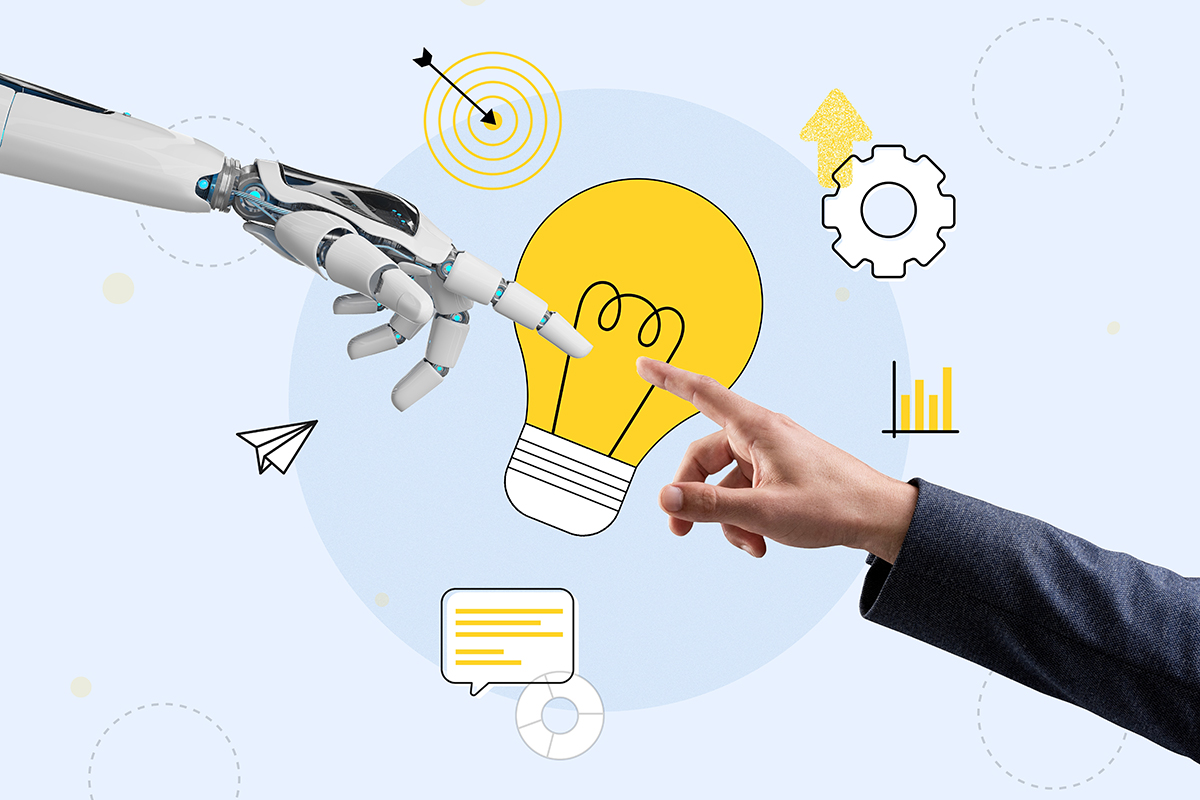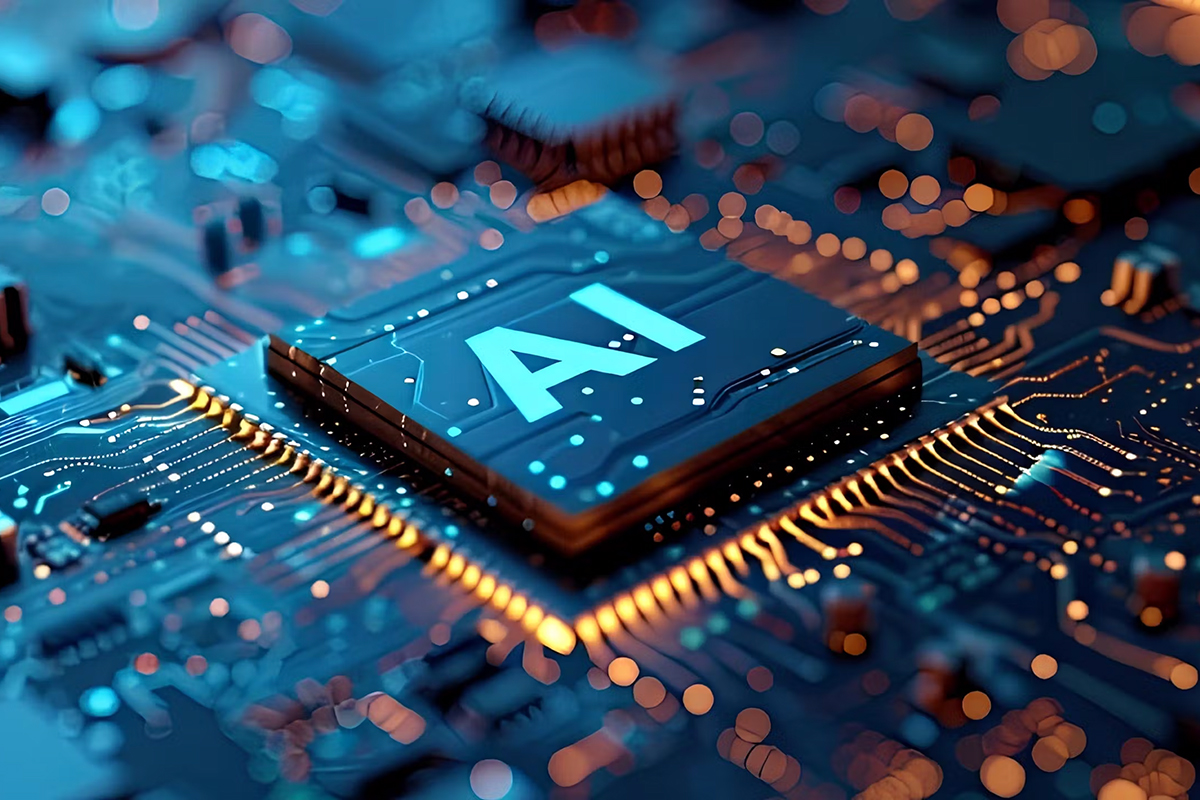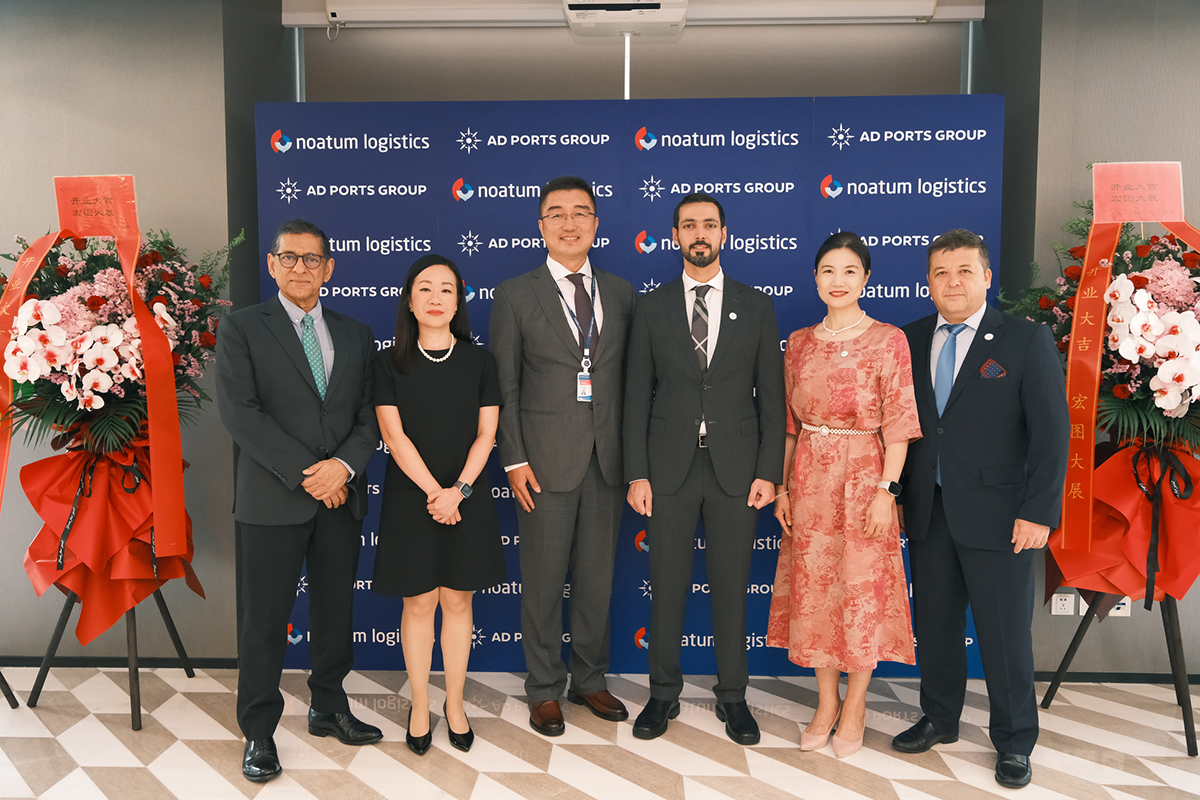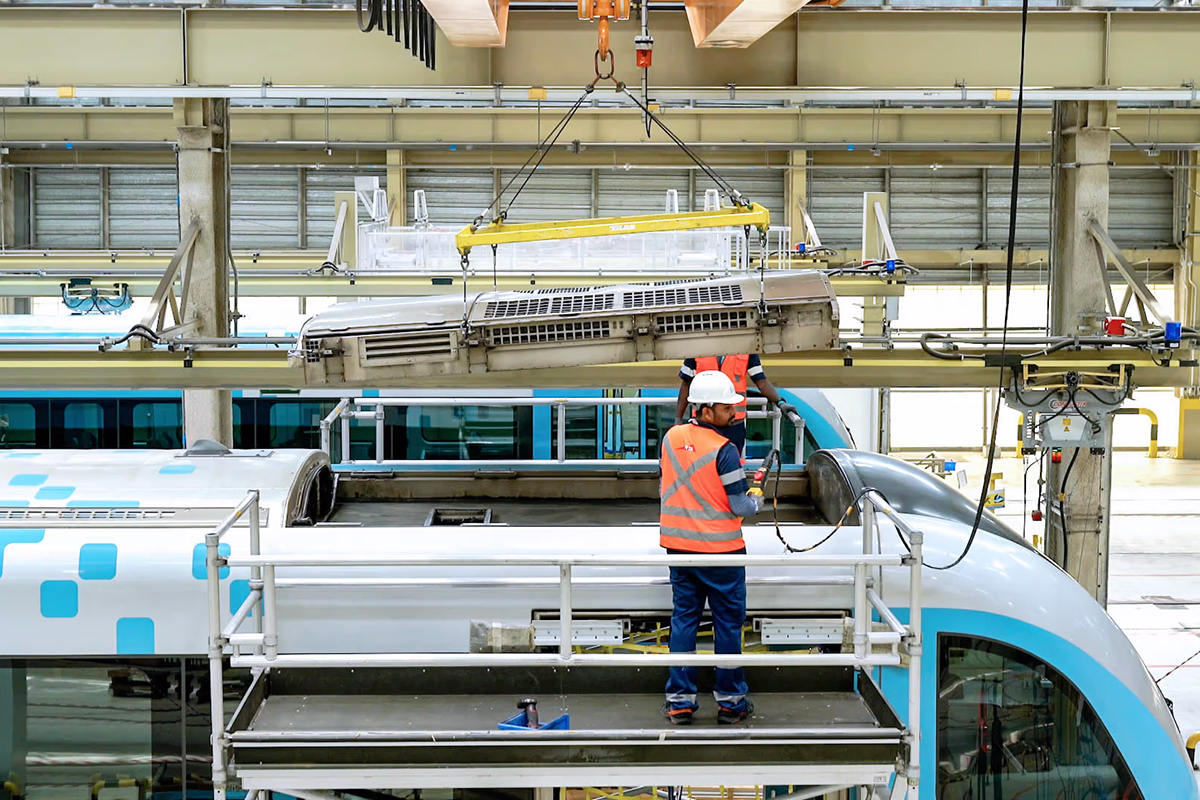AI will improve business decisions by 2030

In a world sooner, decision-making is near the changing earthquake. 2030, artificial intelligence (AI) will not be a device for data analysis; It will be a core engine to drive selected techniques for the entry.
Traditional trust in historical games and static reports provide how strong AI systems continue by analyzing actual data, which gives insight and strong recommendations.
The finance of the construction and medical care of the building, the age of real-time is starting – and what is said to make decisions is great.
From receiving reasoning thinking
Historically, businesses depend on the look details: Quarterly reports, historical styles, and static duties.
But by a report on 2023 by Marksey, 74 percent of business leaders say they believe that the following competition border will appear from the real time, enabling decisions. This paradigm change has already taken the formation as AI learning tools to process the main volumes of random data from the Days of IOT, digital platforms, and mobile apps.
In a natural time, for example, AI programs are now analyzing market styles, prices, repairs, and user’s code of conduct to provide developers and managers in the minutes below. This enables immediate, accurate decisions about the amounts, employers’ involvement, and resources.
Real-time data flow is new cash
Divisions of decisions to change from time to time to revision to continuous data. This enables organizations to depart from the validity of active strategies. According to the Deloitte survey of 2024, 61 percent of the world said the real-time Analytics will be important to wander and market disorders in the next five years.
Building, AI platforms are already involved in the site test, tracking progress updates during real-time, as well as risking risks before eating. These skills reduce rest, redesigning, and enabled decisions conducted by the stadiums to the landlord.
The impact of the Cross-Hotindic: Beauty, Efficiency, and Accuracy
The results of this change is augnostic. Items, A-Powered Authtialiailing tools that reduce fat use and improve delivery times. In Healthcare, AI models are used in early diagnosis, planning treatment, and true monitoring of patients.
By building and buildings, the impact is two. First, AI directs the operating operations automatically the flow of default performance, such as features of features or following the text. Second, it enables leadership to respond to market needs and immediate control requirements.
PWC Survey of the PWC is estimated that AI acceptance can increase the GDP’s GDP power up to $ 15.7 trillion in 2030, with Real Estasty and infrastructure is expected to benefit the efficiency and risk reduction.
Changes referring to private systems
As it grows ai, we will prove the movement to the private and independent frameworks. These programs, guidance in behavioral and managers, will be able to perform regular functions without experts applicable to inclusion to focus on strategic plans.
At institutional management, for example, AI can change monitoring the use of power, maintenance schedule, and accounting reporting. In the next five years, expect to see the wise buildings that “decide” how when you have changed HVAC settings, a schedule test, or awareness of security accidents based on real-time data analysis.
Records: Trust, Management and Quality Quality
Despite the promise, the conversion of the decision-making by AI has no challenges. Many organizations are battling the divorce data, bad data quality, or lack of integration between programs. In addition, the trust in AI recommendations remain a barrier.
The 2024 Gartner report noted that only 38 percent of the business of the executive business were fully trusted programs for the organization of AI. Clearly, explanation, and procedures of people-in Loop will be a key to improve trust and driving.
Human-AI cooperative model
Finally, AI will not replace decision makers in people but will end up their skills. In 2030, effective leaders will be those who can translate AI information, ask them appropriate questions, and use sensitive thinking. The future of decision-making is Hybrid: Human Resource Strategy, a difficulty of handling AI.
Investing companies that affect their employees, including AI for commitment, and creates a culture of learning data to be better planned to succeed in this new paradigm.
To create an infrastructure of decisions held by AI
Opening the full power of AI in decisions, businesses must take action now. This means reducing data silos, investing in partnership platforms, and accepting AIs from the needs of the organization. It also means creating rulers of ruling that are balanced new about work.
By 2030, the most effective organizations will be those who have moved more than static dashes, the decision engines conducted by AI. In the fields such as construction and property for sale – where time, accuracy, and compliance with – this conversion will not run only the benefit but also improves the safety, the stability and the confidence of participants.
AI is no idea of the future. It’s a decision making for tomorrow – and the trip has begun.



